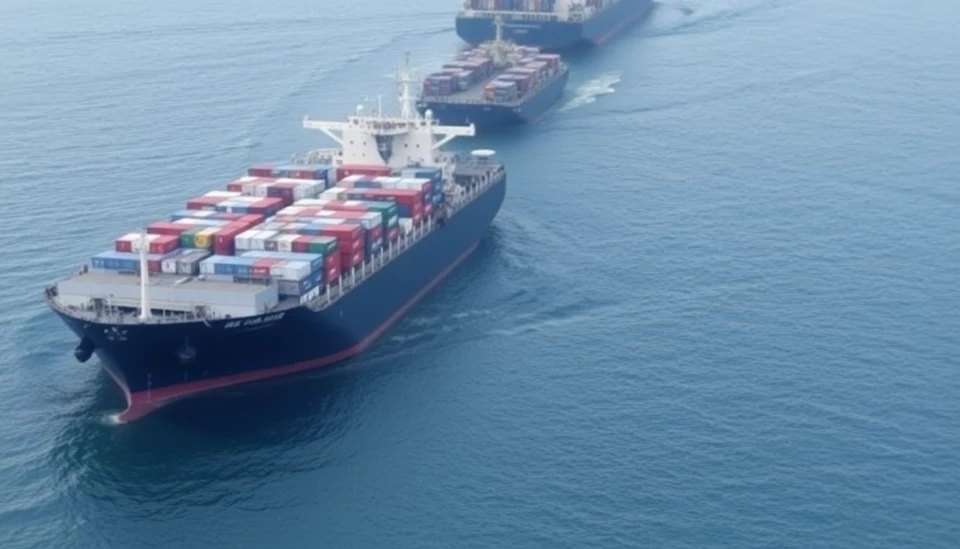
The International Energy Agency (IEA) has projected that India's liquefied natural gas (LNG) imports will more than double by the year 2030, marking a significant shift in the country's energy landscape. This surge in LNG demand is attributed to India's ongoing transition towards cleaner energy sources, coupled with an increasing reliance on natural gas to meet its rising energy needs. As the world's third-largest emitter of greenhouse gases, India is under pressure to improve air quality and reduce carbon emissions, making LNG a more favorable alternative to coal and oil.
According to the IEA's comprehensive report, India's LNG imports are expected to jump from approximately 25 million tons in 2022 to an impressive 66 million tons by 2030. This escalation can be tied to several key factors, including government initiatives to enhance the use of natural gas in power generation, industrial processes, and transportation. Furthermore, the IEA indicates that the Indian government is striving to increase the share of natural gas in the country's energy mix from the current 6% to about 15% in the same timeframe.
The push for LNG has been fueled by India's ambitious climate goals. By 2070, the nation aims to achieve net-zero carbon emissions, emphasizing clean energy solutions that can mitigate the impact of climate change while supporting economic growth. The transition to natural gas is viewed as a crucial step in this endeavor, as it enables cleaner energy production compared to traditional fossil fuels.
The rise in LNG imports is not merely a national trend, but part of a larger global shift towards cleaner energy sources. The IEA suggests that as demand for LNG grows, India will need to strengthen its energy supply chains and improve infrastructure, particularly in regasification processes and storage facilities. The report highlights that enhancing these capabilities will be vital for India to efficiently manage its growing LNG imports and ensure energy security.
In addition to increasing imports, India is also expected to invest heavily in renewable energy alongside LNG. The government has set an ambitious target of achieving 500 GW of renewable energy capacity by 2030, focusing on solar and wind energy. This dual approach—enhancing LNG imports while expanding renewable energy capabilities—is indicative of India's commitment to ensuring a balanced and sustainable energy future.
Challenges remain, however, as the nation faces issues such as high import costs, volatile global gas prices, and reliance on foreign suppliers. Addressing these challenges will be essential to realizing the ambitious growth in LNG demand that the IEA forecasts. For India, the road ahead includes not only securing stable LNG supplies but also navigating the complexities of international energy markets in a rapidly changing global landscape.
As the world's energy dynamics continue to evolve, India stands at a pivotal juncture. The anticipated spike in LNG imports, fueled by government policies, climate commitments, and infrastructure investments, could redefine its energy profile over the coming years. The focus on cleaner energy sources aligns with global trends aimed at reducing the carbon footprint while meeting the energy demands of a growing population.
In conclusion, India’s projected doubling of LNG imports by 2030 underscores a significant transformation within energy strategies as the country simultaneously embraces renewables and seeks to tackle the pressing challenges of climate change. With a strategic focus on LNG, India hopes to secure a sustainable and reliable energy future that can cater to its developmental aspirations.
#India #LNGImports #EnergyTransition #IEA #SustainableEnergy #ClimateGoals #NaturalGas #RenewableEnergy
Author: John Harris




